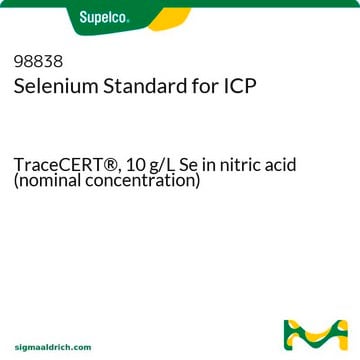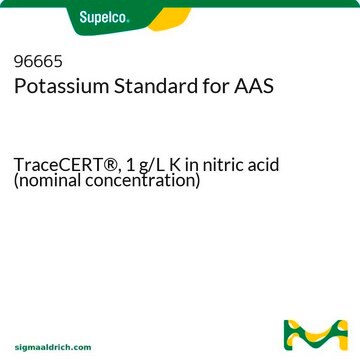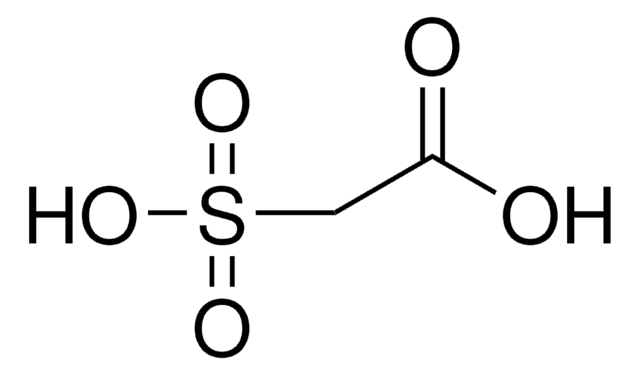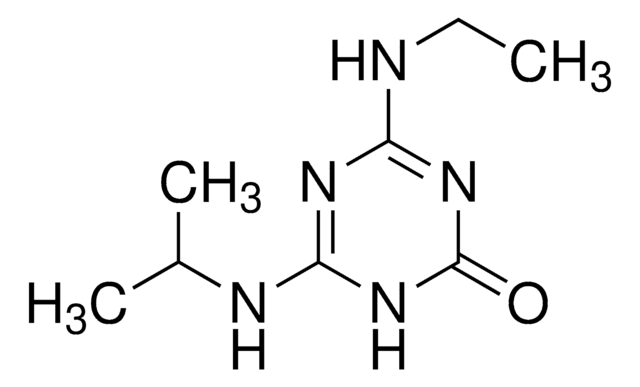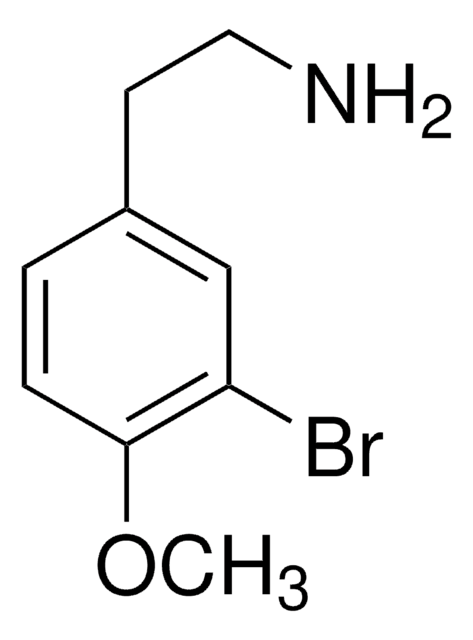C9392
(±)-Coniine
≥98%, liquid
Synonym(s):
2-Propylpiperidine
Sign Into View Organizational & Contract Pricing
All Photos(1)
About This Item
Empirical Formula (Hill Notation):
C8H17N
CAS Number:
Molecular Weight:
127.23
EC Number:
MDL number:
UNSPSC Code:
12352200
PubChem Substance ID:
Recommended Products
Assay
≥98%
form
liquid
color
, clear colorless to yellow-green
density
0.85 g/mL at 25 °C (lit.)
storage temp.
2-8°C
SMILES string
CCCC1CCCCN1
InChI
1S/C8H17N/c1-2-5-8-6-3-4-7-9-8/h8-9H,2-7H2,1H3
InChI key
NDNUANOUGZGEPO-UHFFFAOYSA-N
Application
Coniine, a neurotoxic alkaloid from hemlock, is used in comparative analysis versus other alkaloids that act at the level of the nicotinic acid/nicotinic acetylcholine (nAChR) receptors.
Other Notes
Toxic principle of poison hemlock (racemic modification).
Signal Word
Danger
Hazard Statements
Precautionary Statements
Hazard Classifications
Acute Tox. 3 Dermal - Acute Tox. 3 Inhalation - Acute Tox. 3 Oral - Carc. 2 - Flam. Liq. 3
Storage Class Code
3 - Flammable liquids
WGK
WGK 3
Flash Point(F)
119.3 °F - closed cup
Flash Point(C)
48.5 °C - closed cup
Personal Protective Equipment
dust mask type N95 (US), Eyeshields, Gloves
Choose from one of the most recent versions:
Already Own This Product?
Find documentation for the products that you have recently purchased in the Document Library.
K E Panter et al.
Toxicon : official journal of the International Society on Toxinology, 28(12), 1377-1385 (1990-01-01)
Three piperidine alkaloid containing plants, Conium maculatum (poison-hemlock), Nicotiana glauca (tree tobacco) and Lupinus formosus (lunara lupine), induced multiple congenital contractures (MCC) and palatoschisis in goat kids when their dams were gavaged with the plant during gestation days 30-60. The
Stephen T Lee et al.
Chemical research in toxicology, 21(10), 2061-2064 (2008-09-04)
Coniine, one of the major toxic alkaloids present in poison hemlock ( Conium maculatum), occurs in two optically active forms. A comparison of the relative potencies of (+)- and (-)-coniine enantiomers has not been previously reported. In this study, we
C S Forsyth et al.
Teratology, 49(4), 306-310 (1994-04-01)
Coniine, an alkaloid from Conium maculatum (poison hemlock), has been shown to be teratogenic in livestock. The major teratogenic outcome is arthrogryposis, presumably due to nicotinic receptor blockade. However, coniine has failed to produce arthrogryposis in rats or mice and
Okan Arihan et al.
Journal of ethnopharmacology, 125(2), 274-278 (2009-07-08)
Hemlock was used as an analgesic in certain ethnopharmacological traditions and there has been no record about the antinociceptive effect of coniine which is the major alkaloid compound of Hemlock. The present study was undertaken to evaluate the possible antinociceptive
Patrick L West et al.
Pediatric emergency care, 25(11), 761-763 (2009-11-17)
The ingestion of poison hemlock, or Conium maculatum, is described in a 2-year-old boy. He had the onset of abdominal pain and weakness after being fed C. maculatum picked by his sister from the roadside 2 hours earlier. He had
Our team of scientists has experience in all areas of research including Life Science, Material Science, Chemical Synthesis, Chromatography, Analytical and many others.
Contact Technical Service

